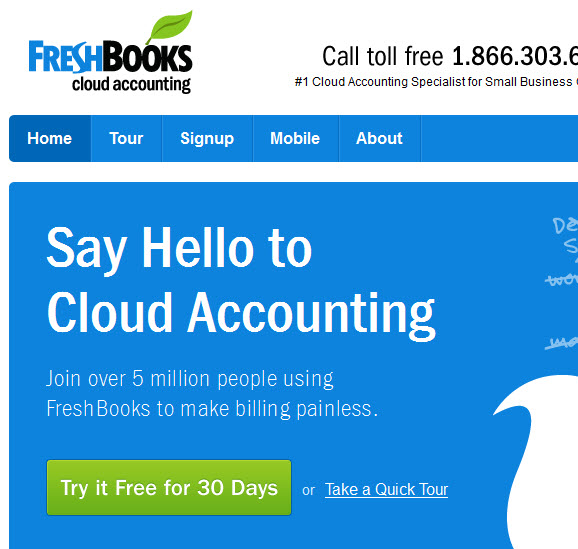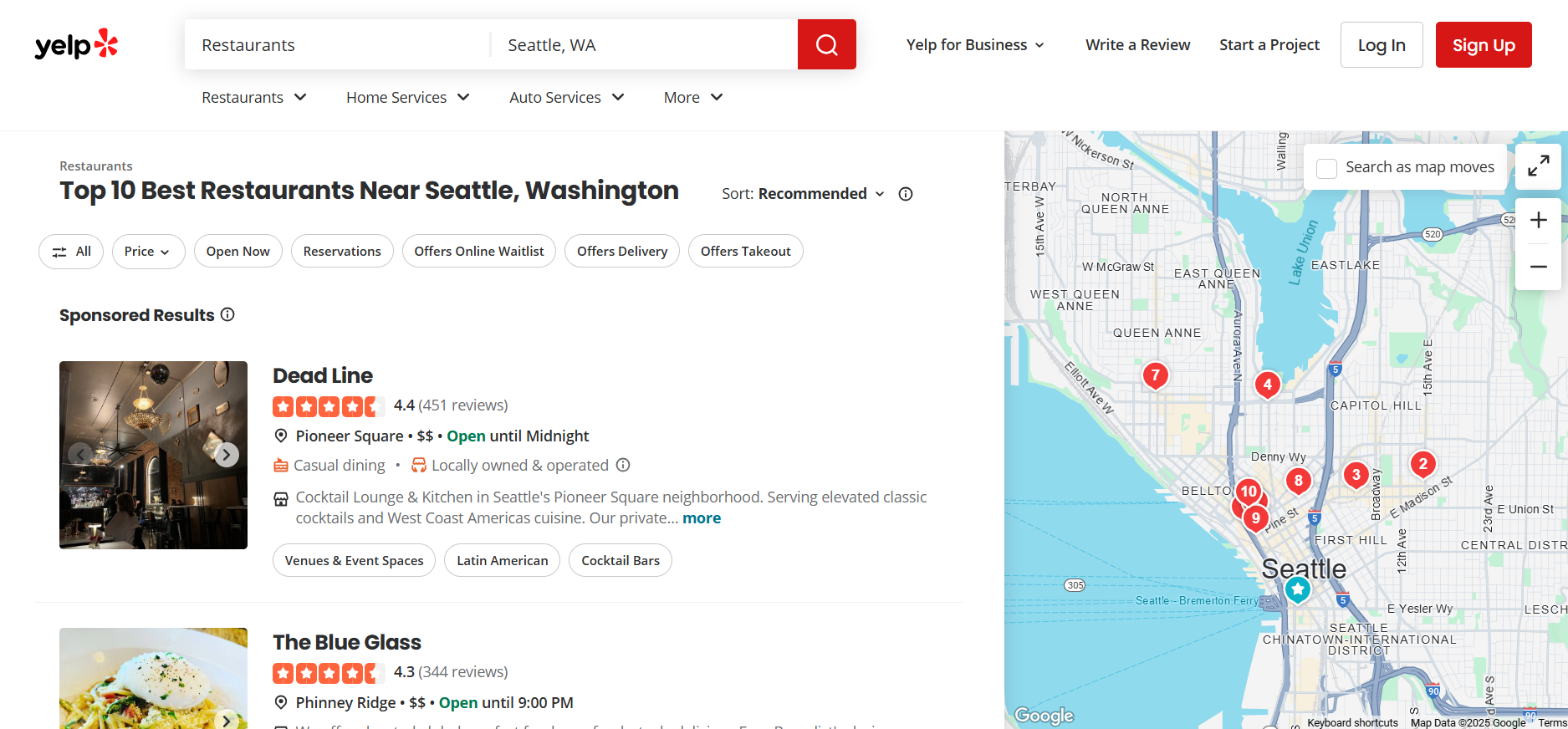There’s a simple benefit to charging more for a product or service—you make more money.
But is it possible to charge more for what you’re doing without greatly altering your product or service?
The answer is yes, and Rory Sutherland, the Vice Chairman of Ogilvy Group, sums it up in his TED Talk:
“The power of reframing things cannot be overstated.” -Rory Sutherland
Let’s talk about what he means.
The power of reframing things
Mr. Sutherland explains that the way we value things doesn’t have as much to do with what they are as with how we perceive them.
For example, a 2012 BMW 5 Series retails for roughly $46,900. A 2012 Toyota Camry, on the other hand, sells for around $22,055. That’s a difference of $24,845, a little over double the price.
Now when you consider the two cars, they accomplish basically the same thing—both get the driver from point A to point B and both have roughly the same amount of interior space.
So what’s the difference? Does a BMW really offer twice the value, or is something else at play?
A BMW has a higher perceived value in the minds of consumers, so they’re willing to pay more. Yes, it offers better performance, and yes, it’s more luxurious, but it’s probably not worth twice as much money based on those factors alone.
BMW is able to charge that much more because of the perceived value they’ve created for their vehicles in the minds of their customers.
Understand this principle, you too can charge more for products and services.
The secret to charging more
The secret to charging more is changing the perceived value of a product or service. Here’s BusinessDictionary.com’s definition of perceived value:
A customer’s opinion of a product’s value to him or her. It may have little or nothing to do with the product’s market price, and depends on the product’s ability to satisfy his or her needs or requirements.
Thus, perceived value isn’t related to the actual value of the product but is related to the customer’s opinion of the value of the product or service.
Let’s look at some examples.
Example #1: FreshBooks
Recently, FreshBooks changed their branding from offering painless digital billing to cloud accounting. Why?
One reason is that cloud accounting has a higher perceived value to a small business or freelancer than digital billing. The latter is something simple that shouldn’t cost that much, and the former is a more valuable service.
A cloud accounting solution is worth a lot more money. Instead of just being able to bill clients quickly and easily, cloud accounting makes it easier to keep track of the money coming in and the expenses going out. It also makes it easier to do taxes at the end of the year.
So FreshBooks is shifting the perceived value of their product and helping customers to justify spending $19.95 and up per month for the service. It sounds a lot better to your boss (or wife) if you’re spending $19.95 per month on cloud accounting than on digital billing.
Example #2: Courses vs. Books
Another example is courses versus books. An online course can cost anywhere from $99 to thousands of dollars, but books rarely cost more than $19.95.
This is in spite of the fact that a book may have five times the content of a course. A book may be 250 pages long, and a course may only be as long as ten blog posts. Nevertheless, the course is perceived as more valuable simply because of the way it’s positioned.
When information is framed as a course, people are willing to pay more for it. There’s something in people’s heads that causes them to perceive courses as extremely valuable.
It’s this same perception that causes people to pay thousands of dollars to attend universities. It’s possible to learn the same amount by reading 25 books on the same subject for a total of $500, but people will go to school and spend $150,000 for an education.
There may be more benefit from attending a university class, but that’s a huge disparity in cost and in what people are willing to pay. Most people aren’t willing to pay $500 to read 25 books, but they’re willing to set aside four years and $150,000 to attend a top-level university.
How to increase the perceived value of your product or service
So now that we’ve explored this concept of perceived value, how can you increase the perceived value for your products or services? Here are three ways:
1 – Position differently
As with the FreshBooks example discussed above, you can change the perceived value by positioning yourself differently.
Rory Sutherland tells the story of a cereal company named Shreddies that re-positioned their cereal as diamonds instead of squares. Even though the product didn’t change at all, people perceived it differently and some even though it tasted better.
2 – Add tiers and add value
When there is more than one choice, there can be multiple price points.
If you are selling an ebook, you could sell the ebook at one price, and a premium ebook with accompanying video tutorials at another price.
A tutoring company, as another example, could add a premium service where the tutors meet with the student’s teachers once per month. Adding features and creating a premium option makes it possible to increase value and charge more.
If you listen to your customers and truly understand their needs, there is often ways you can add tremendous value without much work at all on your part.
3 – Increase the price
Take a hard look at your prices. Are you the cheapest solution?
If you are, be sure that “being the budget solution” is part of your marketing. If you are touting yourself as a premium or high quality solution, low prices will create skeptical prospects.
Your prices should be commensurate with the value you are providing.
It may sound silly, but increasing your price can affect people’s perceived value.
When looking at products off of a shelf, customers infer that one product is better than another based on how much they cost. Whether or not it actually is better is another story. The fact is that people often evaluate the quality of a product based on how much it costs.
What’s your secret? Do you have any tips for charging more for your products and services? Leave a comment and let’s discuss.








